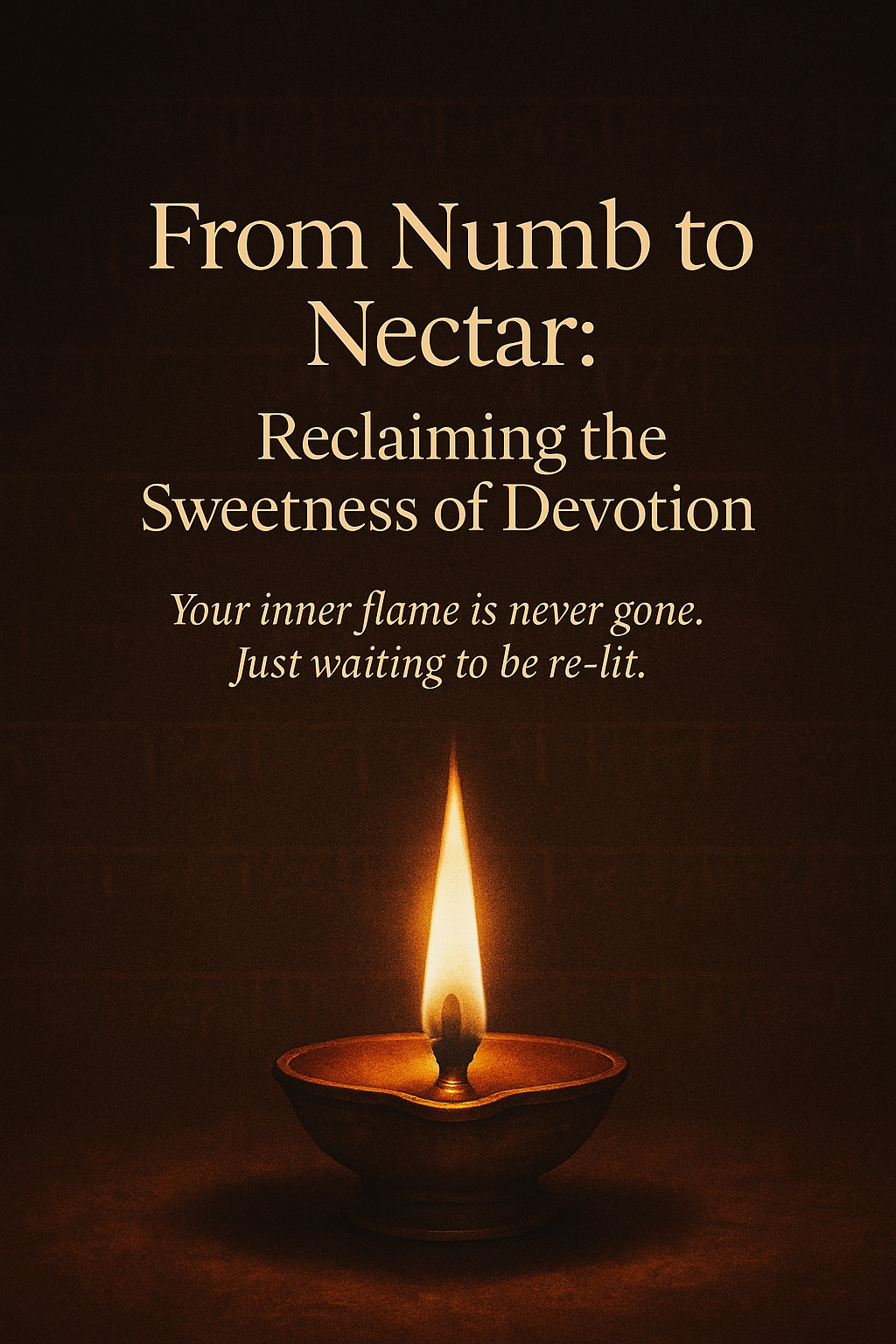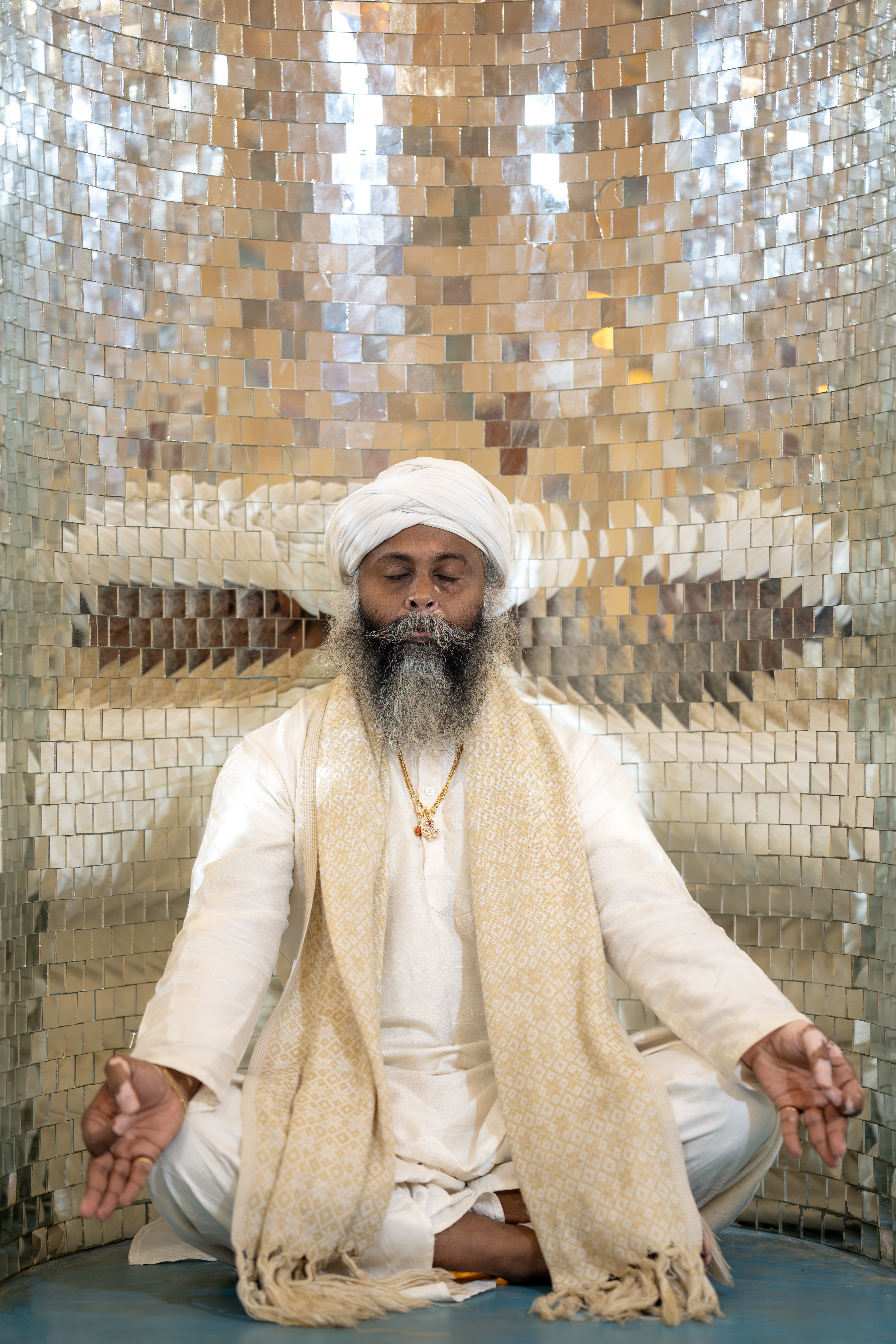The blog post delves into the profound nature of karma, exploring it not as a simple system of reward and punishment, but as an alignment of consciousness toward specific life qualities. Karma is portrayed as a complex web of mental and emotional imprints—samskaras—that shape our perception and interaction with the world. This orientation governs our experiences and tendencies, manifesting in patterns of prosperity, health, or their opposites.
Dr. Baskaran Pillai provides insights into prosperity and poverty as two karmic orientations, emphasizing that these are mental and emotional patterns rather than mere material states. A prosperity orientation is rooted in abundance and gratitude, leading to inspired action and aligned opportunities. Conversely, a poverty orientation focuses on scarcity and fear, perpetuating cycles of lack and self-sabotage even when opportunities present themselves.
The post offers strategies for transforming one's karmic orientation, highlighting the capacity for self-awareness and mindfulness in realignment. Through meditation, mantra chanting, and intentional action, individuals can shift from limiting patterns toward positive qualities like prosperity, joy, and love. The essence of karma as a tool for empowerment underscores the role of conscious choice in shaping a fulfilling life, encouraging readers to actively participate in their karmic journey rather than viewing it as a static fate.
Read more...This blog post explores the fascinating realm of extraordinary healing and transformation, casting light on stories that challenge conventional scientific beliefs. It highlights remarkable accounts of regeneration, such as a woman experiencing height increase through emotional healing, ovarian tissue regeneration despite previous removal, and even tonsil regrowth. These phenomena defy traditional medical understanding, suggesting that the human body possesses an incredible, often untapped, capacity for self-repair.
The narrative further delves into the potential for regeneration, citing discussions and evidence that support the idea of the body's intrinsic ability to heal, which is sometimes limited by human beliefs and conditioning. This perspective is reinforced by instances like modern Japanese dentistry regrowing teeth and ancient practices among tribal communities. The piece emphasizes that healing begins with a shift in belief systems, harnessing emotional and spiritual energy, and maintaining faith in the body's innate intelligence.
Ultimately, the blog urges readers to question their limitations and explore their potential for healing—whether physical, emotional, or spiritual—rooted in self-belief and alignment with the body's wisdom. It calls for an integrative approach to science and spirituality, seeing miracles not as anomalies but as natural expressions of a boundless universe. By embracing these transformative narratives, individuals are encouraged to embark on a personal journey towards realizing their true potential and co-creating with the divine.
Read more...The blog post emphasizes the power and importance of addressing health imbalances proactively using Kundalini energy. Dis-ease often begins not in the body, but in the auric field, where energy disruptions can lead to stress and negativity if left unchecked, eventually manifesting as physical illness. The key to avoiding this progression is cultivating awareness and sensitivity to these subtleties using methods such as Kundalini Yoga, meditation, and breathwork, which empower individuals to detect and harmonize disruptions before they solidify into health issues.
Kundalini energy, described as the primal life force, refines awareness by awakening latent energies, in turn enhancing intuition, balancing chakras, expanding the aura, and connecting mind and body through breathwork. These practices enable individuals to recognize energetic imbalances and patterns of stress early, allowing for holistic healing and maintaining well-being. By tuning into these techniques regularly, people can address disturbances before they manifest physically, promoting a state of mind where healing is proactive rather than reactive.
Furthermore, the post outlines practical steps for cultivating proactive awareness with Kundalini, including daily spiritual practice and reflection, conscious breathing, and energy scanning. By committing to these practices, individuals achieve alignment of body, mind, and spirit, equipping them to handle life’s challenges gracefully, reducing the risk of chronic health issues. The message encourages a shift from reactionary healing to a lifestyle where early detection and resolution of imbalances foster lasting vitality and tranquility.
Read more...Love is one of the most misunderstood concepts in human experience. We often associate love with expectations, demands, or a subtle desire to mold others into what we think they should be. However, Osho, the enlightened mystic, challenges this notion with his simple yet profound wisdom:
"There is only one way of loving people: to love them as they are. And this is the beauty: that when you love them as they are, they change. Not according to you — they change according to THEIR reality."
Let’s delve into the depth of this teaching and explore how embracing this perspective can revolutionize the way we relate to others and ourselves.
1. The True Nature of Love
According to Osho, true love is free of conditions, manipulations, or agendas. It is not about making someone fit into our idea of perfection; rather, it is about accepting and celebrating their uniqueness.
When you love someone unconditionally, you create a safe and nurturing space for their authenticity to shine. This love becomes a mirror in which they can see their true self without fear or judgment.
Why does this matter?
Because when someone feels truly accepted, their natural essence begins to flourish. They do not resist change; instead, they align with their innate potential. This transformation is not coerced but arises organically, in harmony with their inner truth.
Because when someone feels truly accepted, their natural essence begins to flourish. They do not resist change; instead, they align with their innate potential. This transformation is not coerced but arises organically, in harmony with their inner truth.
2. Transformation, Not Conversion
Osho makes a critical distinction between transformation and conversion:
- Conversion is the imposition of external ideals. It is ego-driven, seeking to reshape others in our image or according to societal norms.
- Transformation is a spontaneous process, an inner flowering that occurs when someone feels unconditionally loved and free to be themselves.
When we approach relationships with the intent to "fix" or "improve" others, we strip them of their autonomy and dignity. On the other hand, when we accept them as they are, we honor their individuality and empower them to evolve in their own way.
3. The Ego’s Game: Manipulation and Control
Osho emphasizes that the desire to change others stems from the ego. The ego thrives on control, seeing relationships as a means to assert its power. This manifests as:
- Pushing: Forcing someone to meet your expectations.
- Pulling: Trying to draw them toward your way of thinking.
- Manipulating: Subtly influencing their choices and behavior.
These actions are not acts of love; they are acts of politics, as Osho puts it. Politics in relationships is about power, dominance, and control—everything that true love is not.
When we engage in these behaviors, we suffocate the essence of the other person and destroy the purity of the relationship.
4. Love and Freedom Go Hand in Hand
Osho’s philosophy revolves around the idea that love and freedom are inseparable. If you truly love someone, you do not bind them; you liberate them.
To love someone as they are means to:
- Support their individuality and freedom.
- Allow them to make mistakes and learn from their own experiences.
- Be a companion in their journey, not the one dictating the path.
This approach requires letting go of our ego-driven attachments and trusting the natural flow of life.
5. The Paradox of Change
The beauty of unconditional love lies in its paradox:
- When you try to force someone to change, they resist.
- When you love them as they are, they naturally evolve.
Why does this happen? Because love, in its purest form, is transformative. It is an energy that heals, nurtures, and inspires. When someone feels this energy, they become more attuned to their true self and are motivated to align with their higher potential—not because they were coerced, but because they were loved.
6. Applying Osho’s Wisdom in Daily Life
1. Let go of expectations:
Start by reflecting on your relationships. Are there ways in which you subtly (or overtly) try to change others? Practice letting go of these expectations and embracing them as they are.
Start by reflecting on your relationships. Are there ways in which you subtly (or overtly) try to change others? Practice letting go of these expectations and embracing them as they are.
2. Create a safe space:
Be a source of unconditional support and understanding. This doesn’t mean tolerating harmful behavior but offering love without judgment.
Be a source of unconditional support and understanding. This doesn’t mean tolerating harmful behavior but offering love without judgment.
3. Focus on self-awareness:
Osho often reminds us that love begins with self-awareness. The more we understand and accept ourselves, the less likely we are to project our insecurities onto others.
Osho often reminds us that love begins with self-awareness. The more we understand and accept ourselves, the less likely we are to project our insecurities onto others.
4. Resist the urge to control:
Instead of trying to shape the behavior of others, trust their capacity to grow and transform in their own time and way.
Instead of trying to shape the behavior of others, trust their capacity to grow and transform in their own time and way.
7. Beyond Relationships: A Path to Inner Liberation
Osho’s teaching is not just about loving others; it is about cultivating a mindset that transcends the ego. When we stop trying to control others, we free ourselves from the burdens of expectation and disappointment.
This freedom allows us to experience love in its truest sense—not as a transaction, but as a state of being.
Conclusion: The Politics of Love vs. The Power of Love
The politics of love seeks to dominate, manipulate, and control. The power of love, as Osho teaches, lies in its ability to liberate, transform, and heal.
By loving people as they are, we honor their individuality and support their journey toward self-realization. In doing so, we not only enrich our relationships but also embark on our own path of spiritual growth and inner peace.
As Osho beautifully reminds us:
"Help people to be natural, help people to be free, help people to be themselves, and never try to force anybody... Those are the ways of the ego."
"Help people to be natural, help people to be free, help people to be themselves, and never try to force anybody... Those are the ways of the ego."
Let us embrace this wisdom and make love a force of liberation, not limitation
Healing internal wounds is a vital yet challenging journey that often requires the support of others rather than isolation. External support from friends, family, mentors, or therapists offers perspective, resources, and encouragement, helping us reconnect with compassion and resilience and reminding us that we are not alone in our struggles. This network provides a safe space for vulnerability, allowing us to confront uncomfortable emotions with the reassurance that we are cared for and understood.
Support from others is invaluable in offering new perspectives and helping to reframe our narratives around pain, enabling us to move forward with greater clarity and strength. External relationships also model self-worth and compassion, reinforcing our inherent value and encouraging us to treat ourselves with the same kindness we receive. These relationships regulate our emotions in times of distress, reducing feelings of anxiety and isolation, and giving us the capacity to handle our struggles with renewed resilience.
In addition to this emotional support, trained professionals can further guide healing by offering specialized tools and techniques that build resilience and coping mechanisms. Community support, whether through personal relationships or broader networks, offers a sense of belonging and acceptance essential to the healing process. Ultimately, while healing is an internal journey, the presence and encouragement of others transform it into a shared experience, enriching our path to emotional recovery.
Read more...
